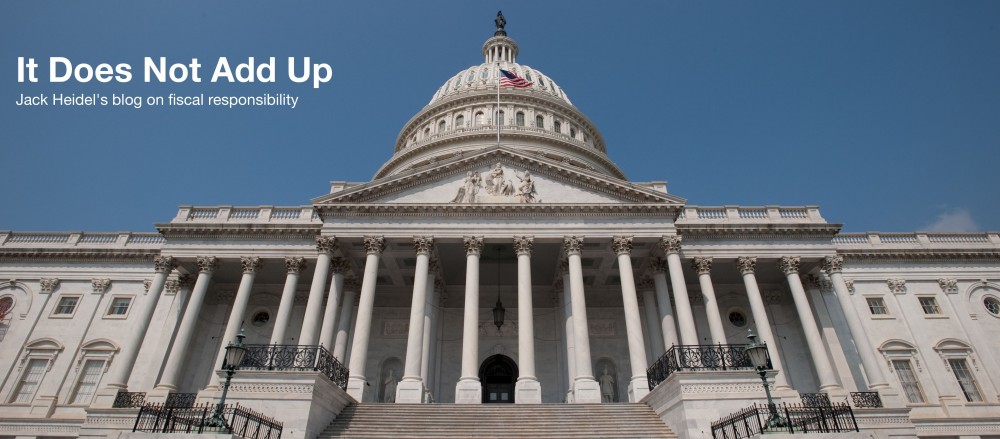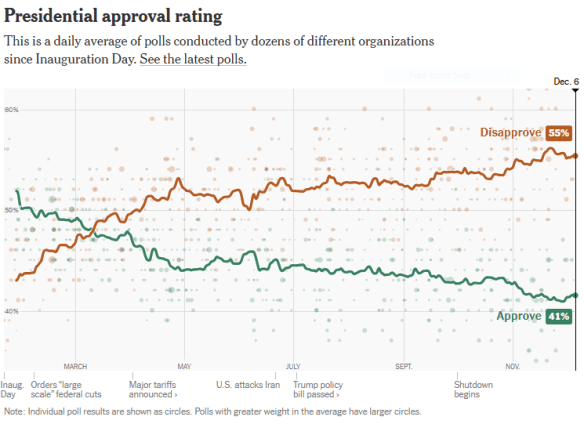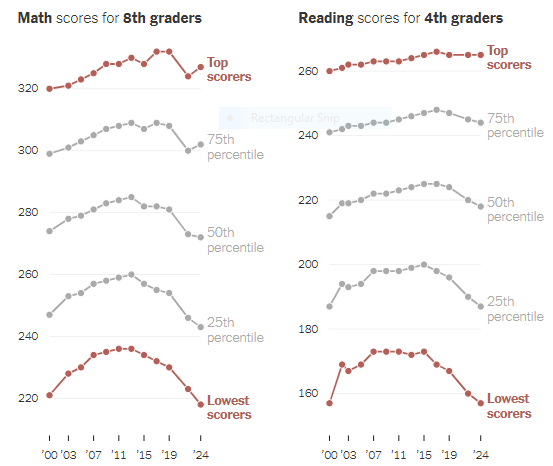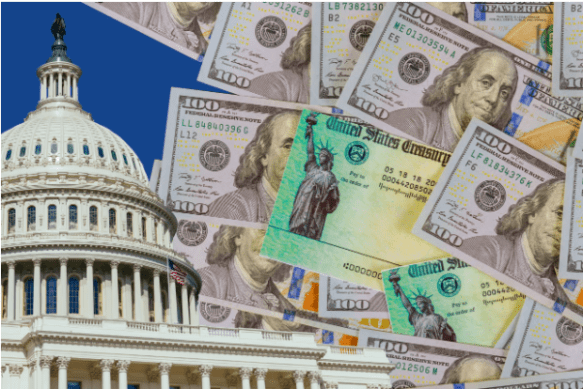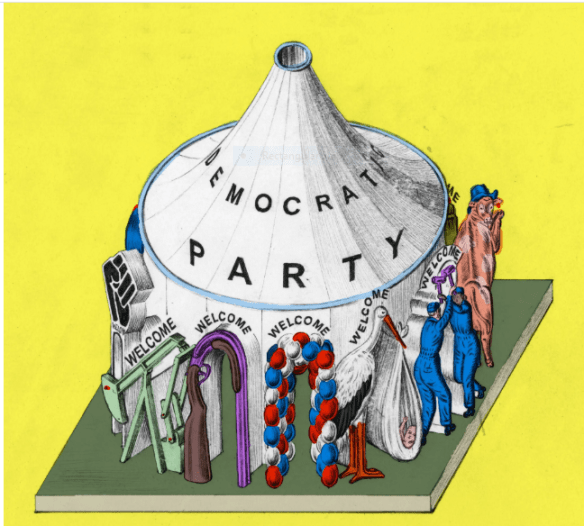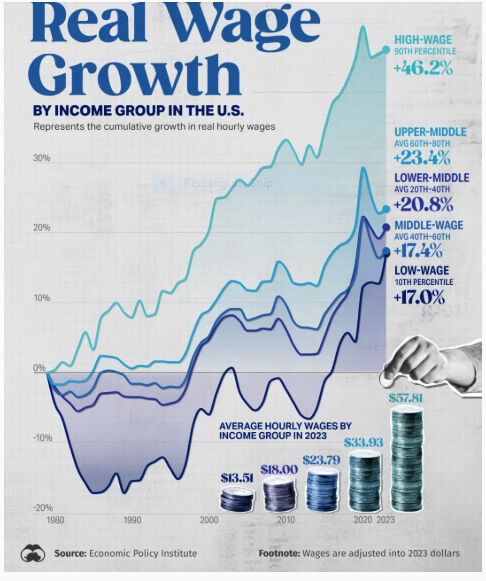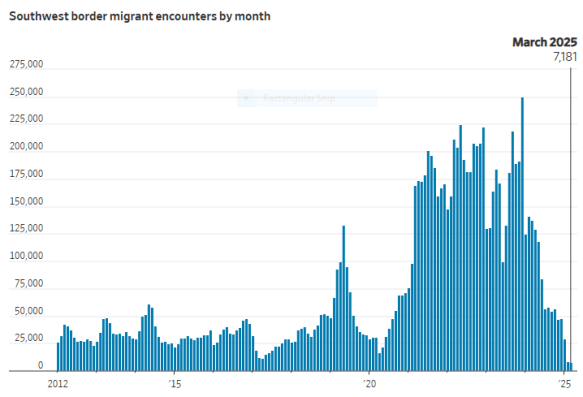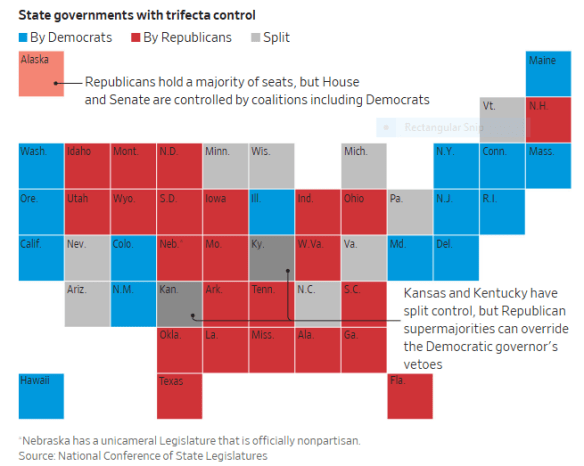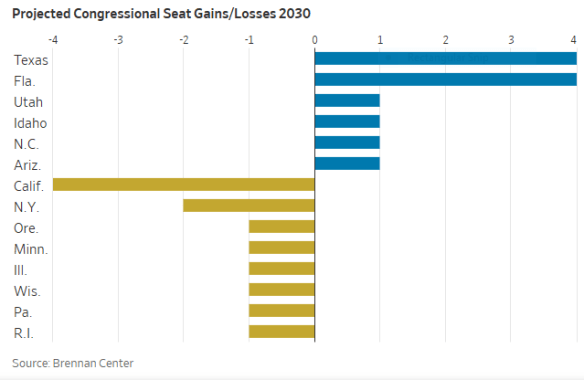On this blog, I discuss important national issues, often centering on fiscal and economic matters. Often this involves discussing presidential policies, successes, and failures.
Today I discuss the question of why Trump’s approval ratings have recently been declining, see here and here. Clearly, he is in trouble with the electorate.
Consider:
- Inflation. The latest CPI (Consumer Price Index) rating is 3% for September 2025, too high for comfort. The Federal Reserve’s credible goal is a CPI rating of 2%, and we’re not there yet.
- Affordability. (this refers to the cumulative rise in CPI since before the pandemic). This measure of inflation is about 25%, which means that things in general cost 25% more than they did before the pandemic began in 2020. Of course, most of this increase occurred under President Biden, but we’re now on Trump’s watch, and people who are feeling pain over consumer costs, will naturally blame the current president.
- Tariffs. Trump says that since other countries put tariffs on our exports, then it is only fair for us to put tariffs on theirs. The problem with this thinking is that tariffs on our imports increase their costs to American consumers, i.e., are inflationary. This is what consumers have to deal with on a day-to-day basis, not abstract arguments about fairness.
- Lowering healthcare costs. Healthcare costs are much too expensive overall, and this is part of the affordability problem. Republicans need to address this issue with, for example, a plan for individual health savings accounts. President Trump could help by publicly supporting action on this issue.
- Our Southern Border. Biden made a huge mistake by opening our border with Mexico to large numbers of undocumented immigrants. But now Trump has overreacted by deporting large numbers of even long-time illegals, including those who are law-abiding and holding down low-paying jobs vital to our economy. Furthermore, ICE (Immigration and Customs Enforcement) is often perceived as denying due process to those who are rounded up for deportation.
- Unattractive subordinates in important positions. People like Pete Hegseth (Secretary of Defense), RFK,Jr (Secretary of Health and Human Services), and Steve Witkoff (Roving Ambassador) often make public statements that appear to be uninformed and/or misguided.
Conclusion. In order to head off Republican electoral disaster in the 2026 midterm elections, now less than a year away, President Trump especially needs to do a better job of focusing on core economic issues, especially those dealing with people’s pocketbooks, such as inflation and affordability.
